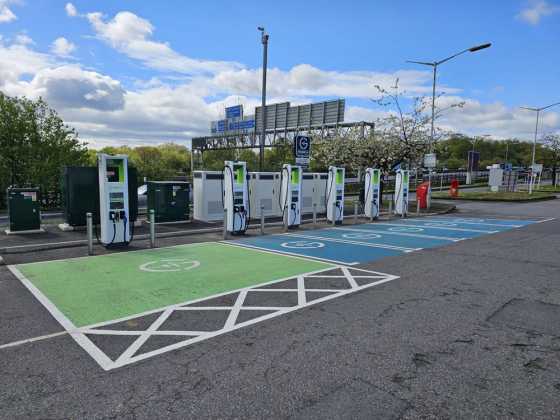Public charging facilities put drivers off buying EVs

Potential electric vehicle buyers might still hesitate if the public charge point network doesn’t keep pace with changing technology, according to a report by the RAC Foundation.
While range-anxiety is set to become a thing of the past, without easy to use charge points, the practicalities of ‘filling up’ electric cars could limit the appeal of EVs.
It could also hamper the government’s plan to ban the sale of conventional petrol and diesel cars by 2040.
The report says that the rollout of high-performance public charge points, particularly on motorways and major A roads, must match the progress manufacturers are making in battery performance.
The RAC Foundation looks at how the Automated and Electric Vehicle Bill could be used to best effect. The report lays out the key recharging challenges that urgently need addressing. These are:
Even though 80 per cent of EV owners have access to home charging, 93 per cent use the public charge point network.
Government support has encouraged quantity rather than quality, with the result that the current public charge point network is “unattractive to use and is unsuitable for encouraging the next wave of EV customers.”
As of June 2017, 13 per cent of charge points were out of action at any one time.
Lack of standardisation of connectors and charging protocols has resulted in a bewildering array of types of charge point, connectors and tariffs which is poorly presented to the public.
As of June 2017, there were 4,476 public EV recharging sites with a total of 6,913 devices and 12,849 individual connectors.
This compares with about 8,500 petrol stations.
By the end of June 2017, 113,000 claims had been made under the government’s plug-in car and van grant schemes which gives buyers of the greenest vehicles a subsidy of up to £4,500.



